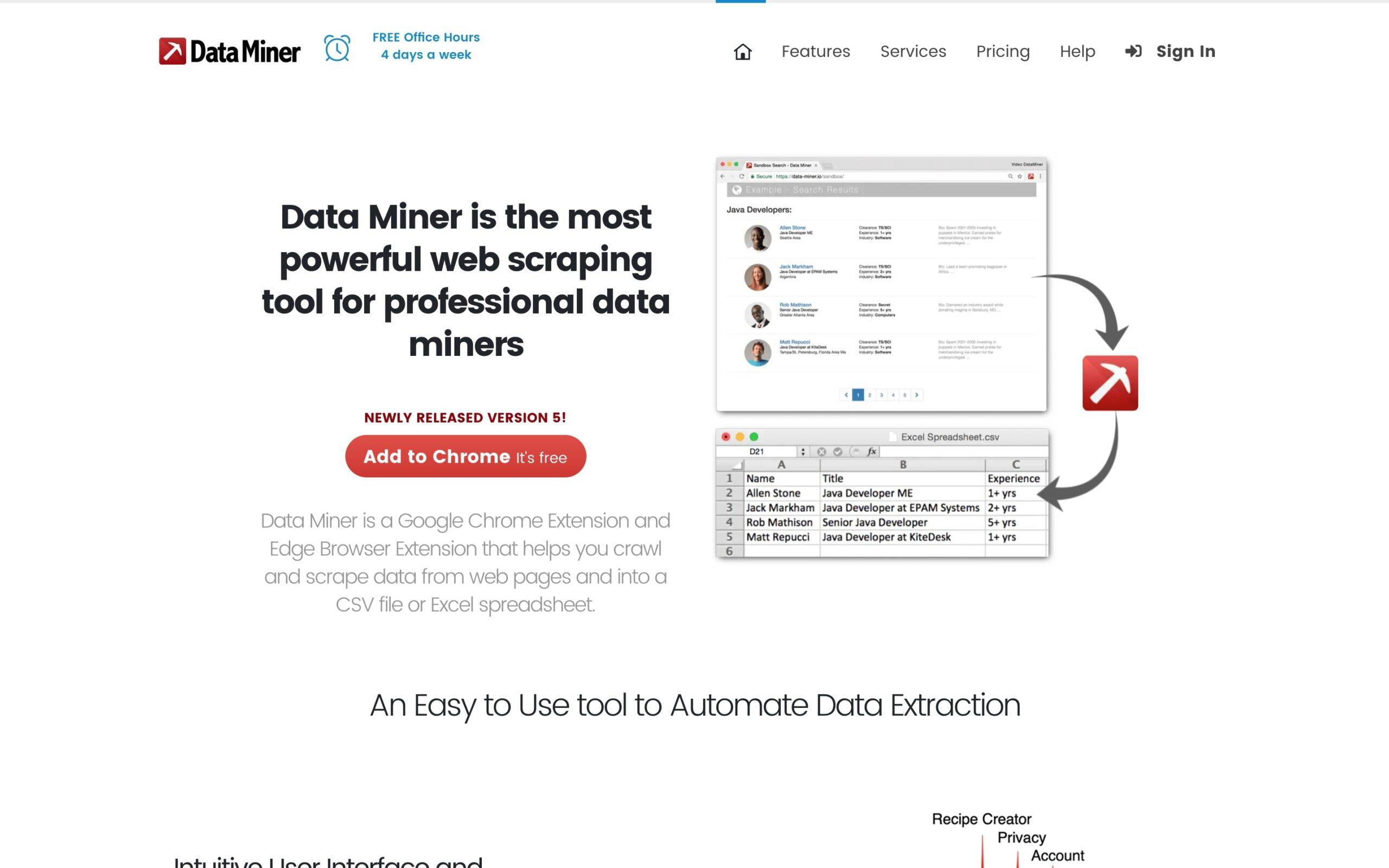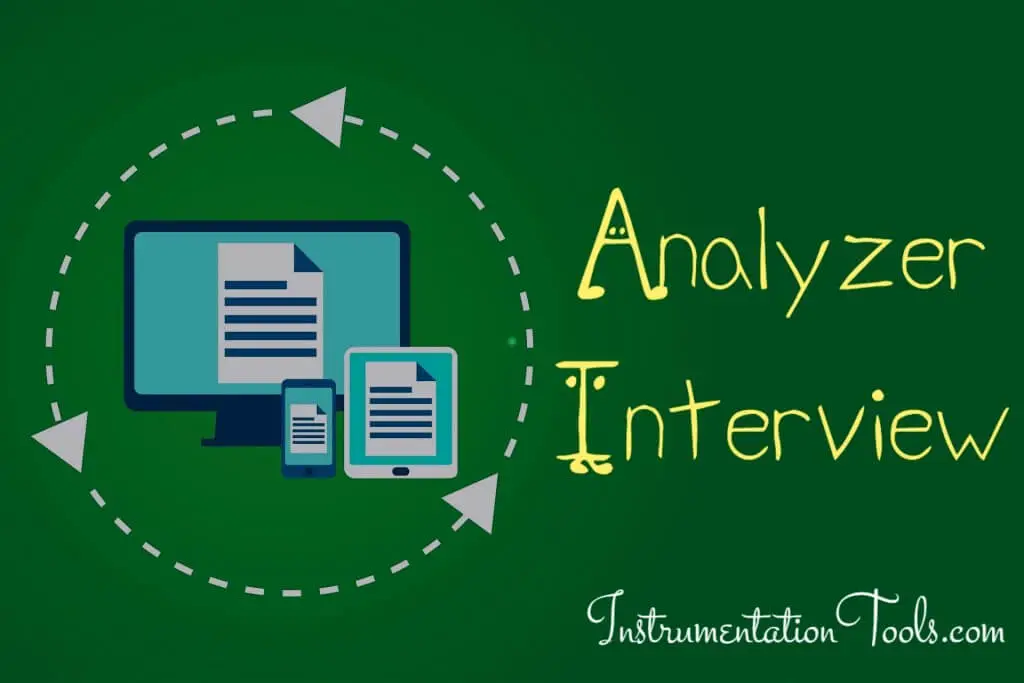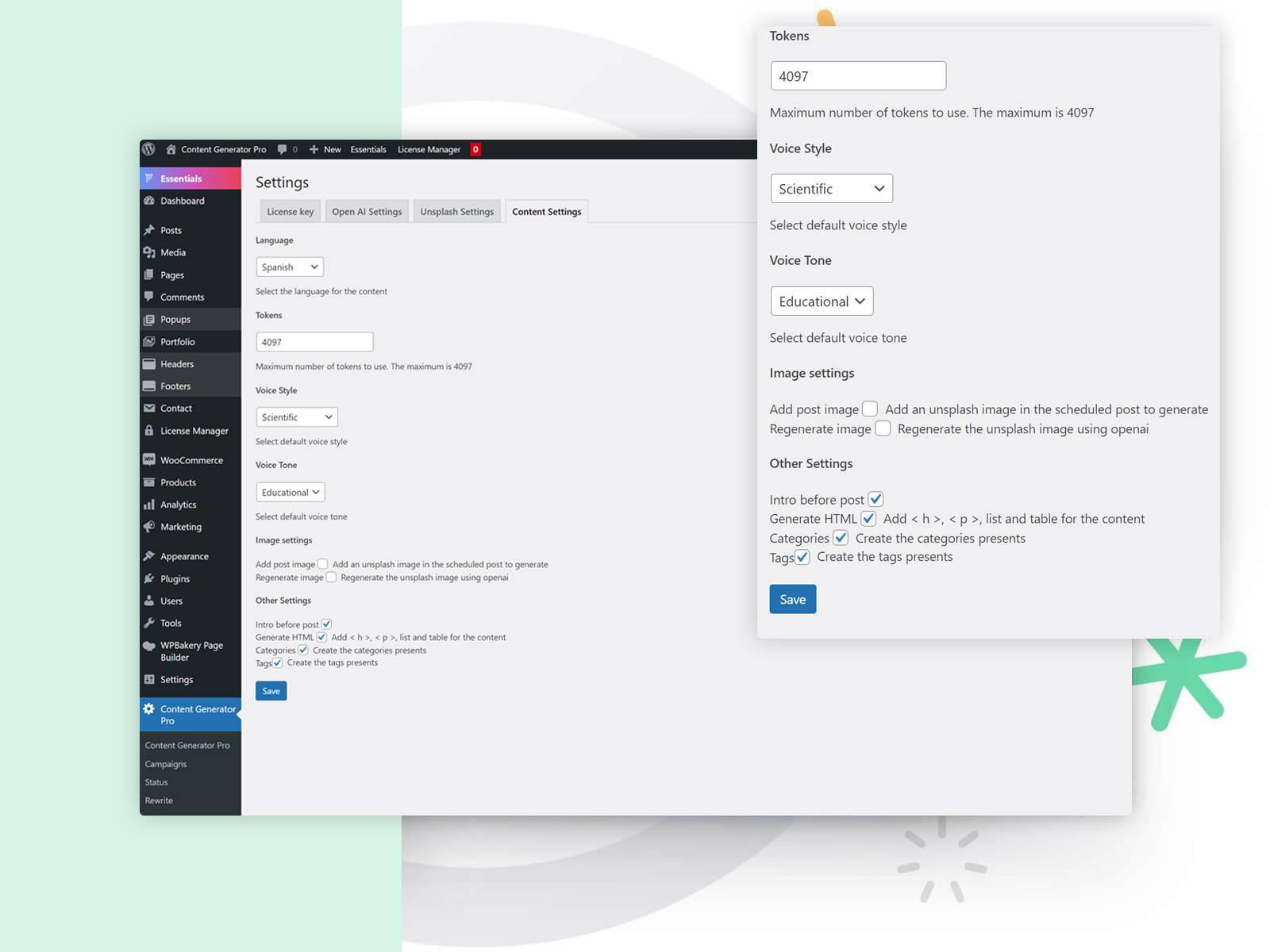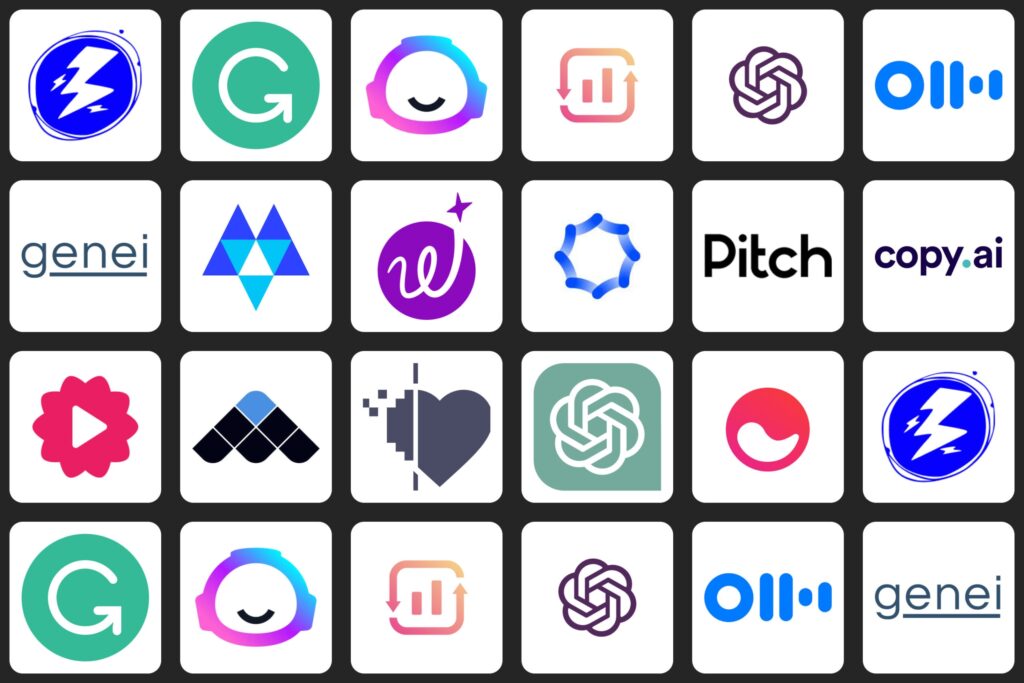Have you ever wondered how journalists are able to find information and write amazing stories in today’s digital world?
Well, they have a secret weapon called AI journalism tools! These tools use advanced technology to help journalists with their work. In this article, we will explore what these tools are, how they work, the good things about them, and some not-so-good things.
We’ll also give you a list of the top 5 AI journalism tools that can make your writing even better. So, get ready to discover the exciting world of AI journalism tools!
Have you ever thought about having a digital helper that can make your job as a journalist easier? Well, that’s exactly what AI journalism tools do!
They are like smart computer programs that use artificial intelligence to help journalists with their work. These tools can help you find information, check if your sources are accurate, and even create content. They are changing the way journalism works in our digital world.
With AI journalism tools by their side, journalists can keep up with the fast pace of technology and make their work more efficient.
AI journalism tools use really cool and advanced technologies to do their job. They use things like natural language processing, machine learning, and data analytics. What does all that mean? Well, it means these tools are super smart! They can read and understand human language, learn from lots of information, and find important patterns and trends. They can even figure out if there are any biases in the information they’re looking at. Sometimes, they can even write content all on their own! These tools keep getting better and better because they learn from the huge amounts of data they analyze. That’s why they’re so helpful for journalists. They make their work easier and more accurate.
Now, we will explore the most popular and effective AI journalism tools available today. Each tool offers unique features and benefits that cater to specific journalistic needs. Let’s take a closer look at them:
First, there’s something called “Intelligent News Curation.” This means that these tools use special computer programs called algorithms to create personalized news feeds just for you. They look at what you like and how you behave online to show you news that matches your interests.
Next, we have “Real-time Updates.” These tools give you news updates right away when something important happens. So, if there’s breaking news or a trending topic, you’ll know about it immediately!
Another cool feature is “Multi-platform Integration.” These tools work with different places where news is found, like news websites, social media platforms, and RSS feeds. They gather information from all these sources to give you a complete picture of what’s happening in the world.
There’s also something called “Sentiment Analysis.” This means the tools can figure out how people feel about news articles. They can understand emotions and reactions from the public. It’s like they have a special sense to know if people are happy, sad, or angry about something in the news.
Last but not least, we have “Smart Notifications.” These tools send you special messages that are customized just for you. They know what you’re interested in, so they make sure to let you know when there’s important news related to your interests. That way, you won’t miss anything exciting!
These features make AI journalism tools really powerful and helpful for staying up-to-date with the news that matters to you.
One feature is “Data Extraction.” These tools can automatically find and collect important information from different places, like websites, databases, and other sources. They do the hard work of gathering data for journalists, saving them time and effort.
After extracting the data, the tools have a feature called “Data Cleansing and Preparation.” This means they clean up the data and organize it nicely. They get rid of any duplicate or irrelevant information, making sure journalists have accurate and useful data to work with.
Now, here’s something really cool: “Advanced Data Visualization.” These tools can turn boring numbers and facts into exciting visuals, like charts, graphs, and infographics. Visuals help journalists present their findings in a clear and engaging way, making it easier for readers to understand the information.
Next, we have “Statistical Analysis.” These tools can dig deep into the collected data and find patterns, connections, and trends. They use advanced math and statistics to uncover valuable insights that may not be obvious at first glance.
Last but not least, AI journalism tools offer “Customizable Data Pipelines.” This means journalists can create their own workflows for data extraction. They can set up the tools to automatically gather specific data that they need, tailored to their unique requirements. It saves time and ensures journalists get exactly the data they’re looking for.
These features make AI journalism tools really powerful when it comes to working with data. They help journalists extract, clean, analyze, and visualize information effectively, making their stories more informative and engaging.
One important feature is of Factinsect is “Claims Verification.” These tools can check if statements made in news articles or speeches are true by comparing them with reliable sources. This helps journalists fact-check information and ensure accuracy in their reporting.
Another great feature is “Source Reputation Analysis.” These tools evaluate the credibility and reliability of different sources, like news outlets or websites. They help journalists determine if the information they’re using comes from trustworthy sources, which is crucial for maintaining journalistic integrity.
AI journalism tools also have the ability to detect “Fake News.” Using special algorithms, they can identify news content that might be misleading or completely made up. This is super important in today’s world, where misinformation can spread quickly.
Another cool feature is “Bias Detection.” These tools analyze news articles to see if there are any biases in the way they are written. They look at things like the language used, the tone of the article, and the affiliations of the sources mentioned. This helps journalists be aware of potential biases and strive for balanced reporting.
Last but not least, AI journalism tools have a “User-friendly Interface.” This means they have an easy-to-use design that journalists can navigate effortlessly. Journalists can input claims or statements into the tool and receive real-time fact-checking results. It’s like having a helpful assistant right at their fingertips!
With these features, AI journalism tools help journalists ensure the accuracy of their reporting, verify information from reliable sources, detect fake news, identify biases, and provide a seamless user experience. They are valuable tools for maintaining journalistic integrity and delivering trustworthy news to the public.
One awesome feature is “Speech-to-Text Conversion.” These tools can turn audio or video recordings into written transcriptions. This makes it easy for journalists to analyze and work with the content of interviews or speeches without having to listen to the recordings repeatedly.
Another amazing feature is “Sentiment Analysis.” These tools can understand the emotions and feelings of the people being interviewed. They can identify if someone is happy, sad, excited, or angry, helping journalists capture the emotional nuances and reactions during interviews.
AI journalism tools also have a feature called “Topic Extraction.” They can figure out the main subjects or themes discussed in interviews. This makes it easier for journalists to find important quotes and information related to specific topics within the interview.
Another great feature is “Speaker Identification.” These tools can recognize different voices in interviews and attribute quotes to specific individuals. This helps journalists accurately represent who said what in their articles or reports.
Lastly, AI journalism tools offer “Keyword Highlighting.” They can identify important words or phrases within the transcriptions and highlight them. This makes it quick and easy for journalists to refer back to specific parts of the interview or analyze the use of particular keywords.
With these features, AI journalism tools assist journalists in converting spoken words into text, understanding emotions and reactions, identifying key topics, attributing quotes to speakers, and highlighting important keywords. They save time, enhance accuracy, and make the process of analyzing interviews much more efficient and effective.
Tool 5: Content Generator Pro
One feature is called “Automated Article Generation.” These tools can actually write news articles and reports all by themselves! They use special computer programs to create the content, which saves journalists time and effort.
Another neat feature is “Customizable Writing Styles.” These tools let journalists choose how they want their writing to sound. They can pick different styles, tones, and languages to match what they want to say and how they want to say it.
AI journalism tools can also do “Language Translation.” This means they can change the writing into different languages. So, if a journalist wants to share their news with people who speak different languages, these tools can help.
A really important feature is “Plagiarism Detection.” These tools make sure that the writing is original and not copied from somewhere else. They check a big database to make sure it’s unique. This is important for being honest and not taking credit for someone else’s work.
Lastly, AI journalism tools offer “Content Enhancement Suggestions.” This means they can give tips to make the writing better. They might suggest ways to make it easier to read or add more information to help people understand.
With these features, AI journalism tools can write articles, let journalists choose different styles, translate content into different languages, check for copied work, and help make the writing better. They are really helpful tools for journalists to create great news stories!
While AI journalism tools bring significant advantages, it’s essential to consider both sides of the coin. Let’s explore the pros and cons of utilizing these tools:
PROs
1. Get more work done quickly: AI tools help journalists save time by automating tasks, allowing them to focus on important things and meet deadlines.
2. Find hidden insights in data: AI algorithms can analyze lots of data to find patterns and insights that humans might miss.
3. Gather accurate information: AI tools can collect information from different sources and make sure it’s accurate for news reporting.
4. Automate routine tasks: AI-powered tools can create standard content like news briefs, saving time for journalists to work on more complex stories.
5. Fact-check with confidence: AI algorithms can check statements against a big database of verified information, helping journalists maintain accuracy and credibility.
6. Stay updated in real-time: AI tools can monitor news and send alerts about breaking stories, keeping journalists informed.
7. Translate and reach more people: AI translation tools help journalists overcome language barriers and access information from diverse sources.
8. Present data visually: AI tools can turn complex data into easy-to-understand charts, graphs, and infographics that engage readers.
9. Transcribe and quote easily: AI-powered tools can transcribe audio and video accurately, making it easier for journalists to quote from interviews.
10. Collaborate and work efficiently: AI platforms make it easy for journalists to work together, share resources, and organize their work.
CONs
1. Watch out for biases: AI algorithms can be influenced by biased data, leading to biased reporting or analysis.
2. Sorting out reliable sources: AI tools may struggle to tell trustworthy sources from unreliable ones, affecting the accuracy and credibility of news.
3. Don’t rely too much on AI: Overusing AI tools may reduce critical thinking and judgment in journalism, losing important context and details.
4. Privacy and ethical concerns: Using AI journalism tools may raise questions about privacy, data security, and how personal data is used.
5. Understanding complex topics: AI algorithms may have trouble understanding complicated issues, resulting in incomplete or inaccurate interpretations.
6. Limits in creativity and emotions: AI tools lack the creative and emotional intelligence of human journalists, affecting the quality of storytelling.
7. Job concerns: As AI advances, there is a worry that some journalism tasks may be automated, leading to job losses or changes in the job market.
8. Dependence on technology: AI journalism tools rely on good technology and internet connections, which can be a challenge in areas with limited resources or during disruptions.
9. Cost and accessibility: Some advanced AI tools can be expensive, making them less accessible to small news organizations or freelance journalists.
10. Possible mistakes and unintended consequences: AI algorithms are not perfect and can make errors or produce unintended outcomes, which can lead to inaccurate reporting if not carefully reviewed by human journalists.
By considering these pros and cons, journalists can use AI tools responsibly, taking advantage of their benefits while being mindful of the potential risks.
In conclusion, AI journalism tools have revolutionized the way journalists work, bringing efficiency and new possibilities. However, it’s important to remember that human journalists play a crucial role in maintaining critical thinking and journalistic integrity.
By combining the power of AI with human expertise, we can fully harness the potential of these tools in the field of journalism.
Throughout this article, we’ve explored the world of AI journalism tools, understanding their purpose, functionality, and the pros and cons they offer. We’ve also provided a detailed list of the top 5 AI journalism tools, each with its own unique features and benefits. Now, armed with this knowledge, it’s up to you to explore and experiment with these tools.
Embrace the power of AI, try them out, and witness firsthand how they can enhance your storytelling in the digital age. Get ready to embark on an exciting new chapter in your journalistic career, where AI and human expertise work hand in hand to deliver compelling and impactful stories.
FAQs
No, AI journalism tools are not replacing human journalists. They are designed to assist journalists in their work and make certain tasks more efficient. While these tools can automate certain processes, human journalists still play a crucial role in critical thinking, storytelling, and maintaining journalistic integrity.
Yes, AI journalism tools can make mistakes or produce inaccurate information. They rely on algorithms and data inputs, which can sometimes lead to errors or biases. That's why it's important for human journalists to review and verify the output of these tools before publishing or reporting the information. Journalists have the responsibility to ensure the accuracy and credibility of the news they deliver to the public.
AI journalism tools may require access to data, such as news sources or publicly available information, to perform their functions effectively. However, it is crucial to ensure that the use of personal data follows ethical guidelines and respects privacy regulations. Journalists and organizations using these tools should be transparent about data usage and take appropriate measures to safeguard user privacy and data security.














